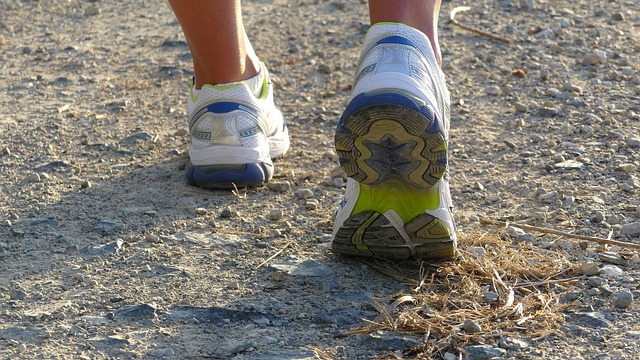A fundamental aspect of how to start jogging for beginners is setting achievable goals. Beginners should focus on consistency rather than speed or distance. Starting with short sessions of 10 to 15 minutes a few times a week allows the body to adapt gradually.
Over time, increasing duration and pace can improve endurance and motivation. Setting realistic goals prevents discouragement and helps maintain a long-term habit.

1. Choose Proper Gear for Comfort and Safety
Before learning how to start jogging for beginners, it is important to select appropriate clothing and footwear. A supportive pair of running shoes reduces the risk of joint injuries, while breathable athletic wear ensures comfort during exercise.
Weather-appropriate gear, such as moisture-wicking fabrics or layers for cold climates, enhances the jogging experience. Proper equipment contributes to both safety and enjoyment for beginners.
2. Warm-Up and Stretch Before Jogging
Understanding how to start jogging for beginners includes performing a warm-up to prepare muscles and joints. Gentle dynamic stretches and a few minutes of brisk walking increase blood flow and reduce the risk of strains.
Focusing on mobility exercises for the ankles, knees, and hips can further improve performance and reduce soreness after the first sessions. A consistent warm-up routine establishes a safe and effective jogging habit.
3. Start with a Walk-Jog Approach
For beginners, one of the most effective methods in how to start jogging for beginners is the walk-jog technique. Alternating between walking and jogging intervals allows the body to gradually adapt to the impact and cardiovascular demands.
For instance, starting with one minute of jogging followed by two minutes of walking, repeated over a 20-minute session, helps build stamina without overexertion. Over several weeks, jogging intervals can increase as fitness improves.
4. Focus on Breathing and Running Form
Another key element in how to start jogging for beginners is maintaining proper breathing and running form. Breathing deeply and rhythmically provides adequate oxygen to muscles, reducing fatigue.
Keeping an upright posture with relaxed shoulders, slightly bent arms, and a natural stride improves efficiency and reduces the risk of injury. Paying attention to form from the beginning establishes healthy habits that support long-term progress.
5. Monitor Progress and Stay Motivated
Tracking progress is vital when learning how to start jogging for beginners. Recording distance, time, or perceived exertion helps monitor improvement over time.
Celebrating small achievements, such as completing the first 30-minute session or increasing jogging intervals, reinforces motivation. Setting short-term targets encourages consistency and builds confidence in one’s ability to maintain a regular jogging routine.
6. Cool Down and Recovery
Finally, understanding how to start jogging for beginners includes post-run recovery. Gentle walking and static stretching after each session help reduce muscle stiffness and aid recovery.
Adequate hydration, balanced nutrition, and rest days are essential components of a safe jogging plan. Prioritizing recovery ensures that beginners can continue building endurance while minimizing the risk of injury.
Conclusion
Learning how to start jogging for beginners involves a combination of realistic goal-setting, proper gear, gradual progression, attention to form, and consistent motivation.
By starting with short, manageable sessions and gradually increasing intensity, beginners can establish a sustainable jogging habit that promotes physical and mental well-being. Following these steps allows jogging to become an enjoyable and long-term part of a healthy lifestyle.
Read More: 6 How to Style Oversized Shirt for Effortlessly Chic Looks



